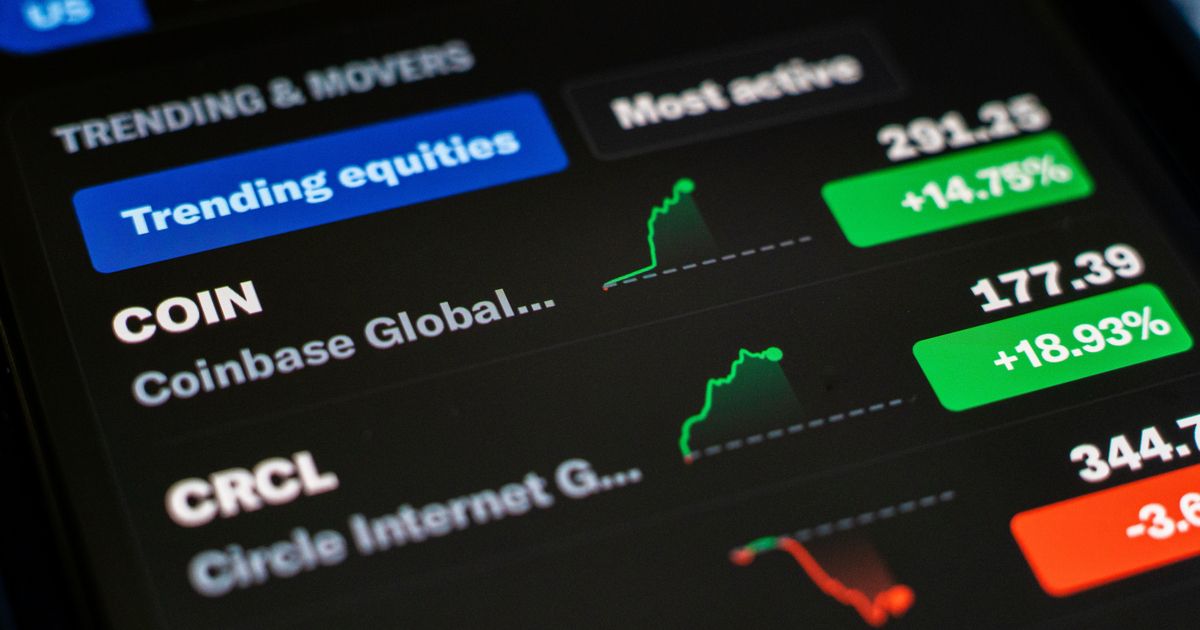Amazon, Google and Apple rank among most culturally resonant brands
A new report from The Marketing Arm shows Amazon, Google and other well-known brands resonate the most with adult consumers.

Major retailers and tech companies—as well as a brand most associated with childhood—are the most culturally resonant brands with adult consumers, according to a new report from The Marketing Arm.
Amazon, Google, Apple and Target emerged as four of the top five brands in the Omnicom-owned creative agency’s first “Cultural Resonance Score” report.
“We talk a lot about ‘relevance’ in culture versus ‘resonance.’ You're going to see brands pop up all the time that are relevant at a particular moment. But these are brands that are resonant because they carry throughout time,” Fred Schank, senior VP of brand experience at The Marketing Arm, told Ad Age. “That’s really what we want to focus on for brands—not just spiking at one moment because we said something cool, but how we create the brand as a fixture within culture.”
More from Ad Age: Yeti CMO on the brand’s new viral ads
Amazon topped the list in The Marketing Arm’s report, which awards brands up to 100 points in each of its four “cultural resonance” categories, then takes an average of those four sub-scores to determine a brand’s overall score. Google followed in second place, with Crayola in third, Apple in fourth and Target rounding out the top five.
To calculate these scores, The Marketing Arm leveraged data from brand equity platform BERA to grade over 4,000 brands on four categories: recognition, or how clearly a consumer understands a brand’s function in their life; alliance, or how closely a brand’s values align with the consumer’s; engagement, or a consumer’s willingness to spend time with a brand; and advocacy, the extent to which a consumer acts as an ambassador for a brand in their daily lives. The data is from the first quarter of 2023.
“Crayola surprised us, but it makes sense,” said Kathleen Colditz, executive VP of strategy at the agency, in the report. “They have endured for generations with an evolving product mix that stays true to the brand’s purpose; therefore, recognition and alliance. And they’ve invested in experiences and influencers, which help lift engagement and advocacy. Every marketer should want to dominate their category the way Crayola does.”
Gen Z’s top brands
Among Gen Z consumers, the most culturally resonant brands varied slightly from the overall adult population. YouTube and Marvel, two brands that didn’t make the top five among the broader group, ranked first and third, respectively. For Gen Z (those born between 1997 and 2012), Apple ranked in second place, with Target in fourth and Google in fifth. YouTube scored substantially higher among Gen Z than any of the top-scoring brands among the overall population.
More news: Gen Z favors social media over TV for CPG purchases
Crayola received the same cultural resonance score with Gen Z as it did with the broader population but other brands resonated with that generation more than Crayola, Colditz said. Marvel and YouTube, meanwhile, were in the top one-third of brands among the total adult population.
The most resonant brands across both Gen Z and all adults, the report found, share three common factors: “high recognition; distinction among their most loyal consumer base; [and] success in driving engagement beyond shopping.” The report pointed to Amazon Prime Day as an extreme example of a brand accruing cultural resonance by transforming the event “from a set of discounts to a holiday that has reshaped the shopping calendar.”
Also read: YouTube CEO Neal Mohan on NFL Sunday Ticket
Other standouts
The Marketing Arm did not disclose rankings of brands outside of the top five overall and the top five among Gen Z, but did highlight the highest-scoring brands in each of the four components of the cultural resonance formula.
Disney, for example, dominated the recognition category, while Target climbed above other brands in advocacy. Brands that didn’t make the overall top five, including Chick-fil-A, Levi’s and M&M’s, also popped up on these lists, which indicates that brands can still resonate with consumers in one area even if they aren’t able to achieve overall cultural prominence. (The Marketing Arm’s Platinum Rye Entertainment unit has procured celebrities for Amazon and M&M’s.)
Each of the four pillars of cultural resonance The Marketing Arm identified is also tied to different marketing strategies, Schank said. Recognition is directly linked to brand storytelling—“how are you going to get people to truly understand what your brand stands for?”—while alliance involves “putting your brand into places that the consumer already has a passion for” through strategies such as product placement or influencer partnerships, he said. Brands can boost engagement through experiential marketing tactics, whether in-person or through digital experiences such as Roblox activations, he added.
More news: Purpose marketing hits and misses
Ultimately, consistency in a brand’s identity and marketing, not just jumping onto online trends or pop culture moments, is essential to achieving cultural resonance, Colditz said.
“Even if you aren’t a customer of one of these brands, you do know what they stand for, and they don’t waver from that,” she said of the top-scoring brands.

 Hollif
Hollif 











.png&h=630&w=1200&q=100&v=d875a2a4b8&c=1)












.png)







